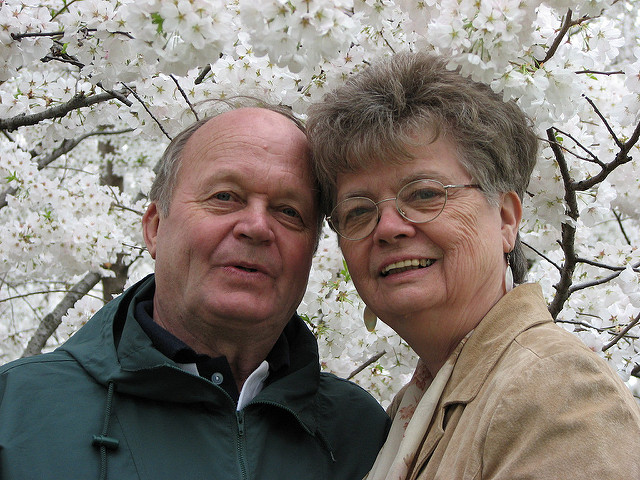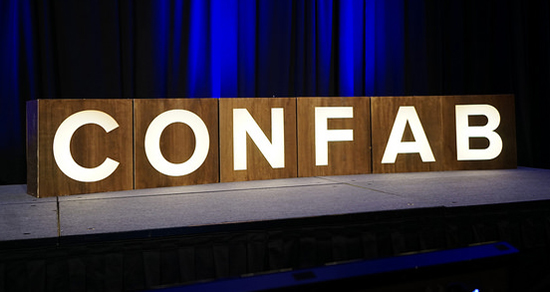
Marcia Huhta needs your help
You may not know my mother in law, Marcia Huhta, but on June 6th, Marcia’s life changed forever.
That’s the day that Marcia and her husband, Matti, survived a head-on car collision.
Marcia was rescued from the wrecked vehicle with the jaws of life and air-lifted to a hospital for life-saving spinal surgery. But months later, Marcia’s in a wheelchair and has limited movement and sensation below her neck.
Donate or share to help Marcia walk
That’s why my wife and I are raising money to help Marcia get the medical care she needs to walk again.
Please donate—but if you can’t, please SHARE THIS LINK: youcaring.com/marcia-huhta-654257
It’s not enough to just like or heart this—every share counts! Facebook, Twitter, Google+, LinkedIn… fire up your MySpace again. YouCaring says that every share is worth about $37 on average, so if you can’t donate, please consider sharing this with your friends—and ask them to do the same!
About Marcia Huhta
Marcia Huhta is a loving mother of five children, grandmother to three, and great-grandmother to another two. She’s a lector at All Hallows Church, which she attended daily. Marcia was also an officer in the local Finnish-American Heritage Society for years. She also worked as a nurse at the Villa Maria Nursing & Rehabilitation facility for over 3 decades. Marcia is adored by her family, patients, colleagues, and her local community.
But there’s more: Marcia loves to dance. Square dances, waltzes, foxtrots, lindy hops, charlestons… watch the video above of Marcia dancing a polka with Matti at her 50th wedding anniversary. She performed with the Revontulet Dancers, a non-profit Finnish dancing troupe in Massachusetts.
Marcia has rhythm on her feet, a rhapsody in each step, but more than that, she also has grace—a rare gift given to someone who gave so much to her family, her patients, her church, and her community.
How your donations help Marcia

We’re asking you to give Marcia another gift: your donations. Marcia needs long-term care, the best treatments, and world-class physical therapy to walk again, to dance again, even to hold her great-grandchildren again. And these treatments are out of her and her husband’s financial reach.
Your donations will pay for expenses like:
- Colossal medical bills that have spiralled out of her family’s control
- Long-term care in a skilled nursing facility that provides physical and occupational therapy
- Improved treatments and therapies focused on helping her build strength, reduce pain, and stay healthy
- Technologies that connect her with family & friends, since she’s unable to leave the facility she’s in
- Additional medical care, transport, consultants, treatments, and other needs
Please donate to support Marcia on YouCaring. Your donation goes directly to Marcia and Matti Huhta and you’ll only be charged a credit card transaction fee.
Let’s help Marcia walk again
Marcia Huhta’s life has changed forever, and we’re going to change it again—by getting her back on her feet.
We want to see her walk, we want to see her dance, we want to see her hold her great-grandchildren again… but we need your help.








